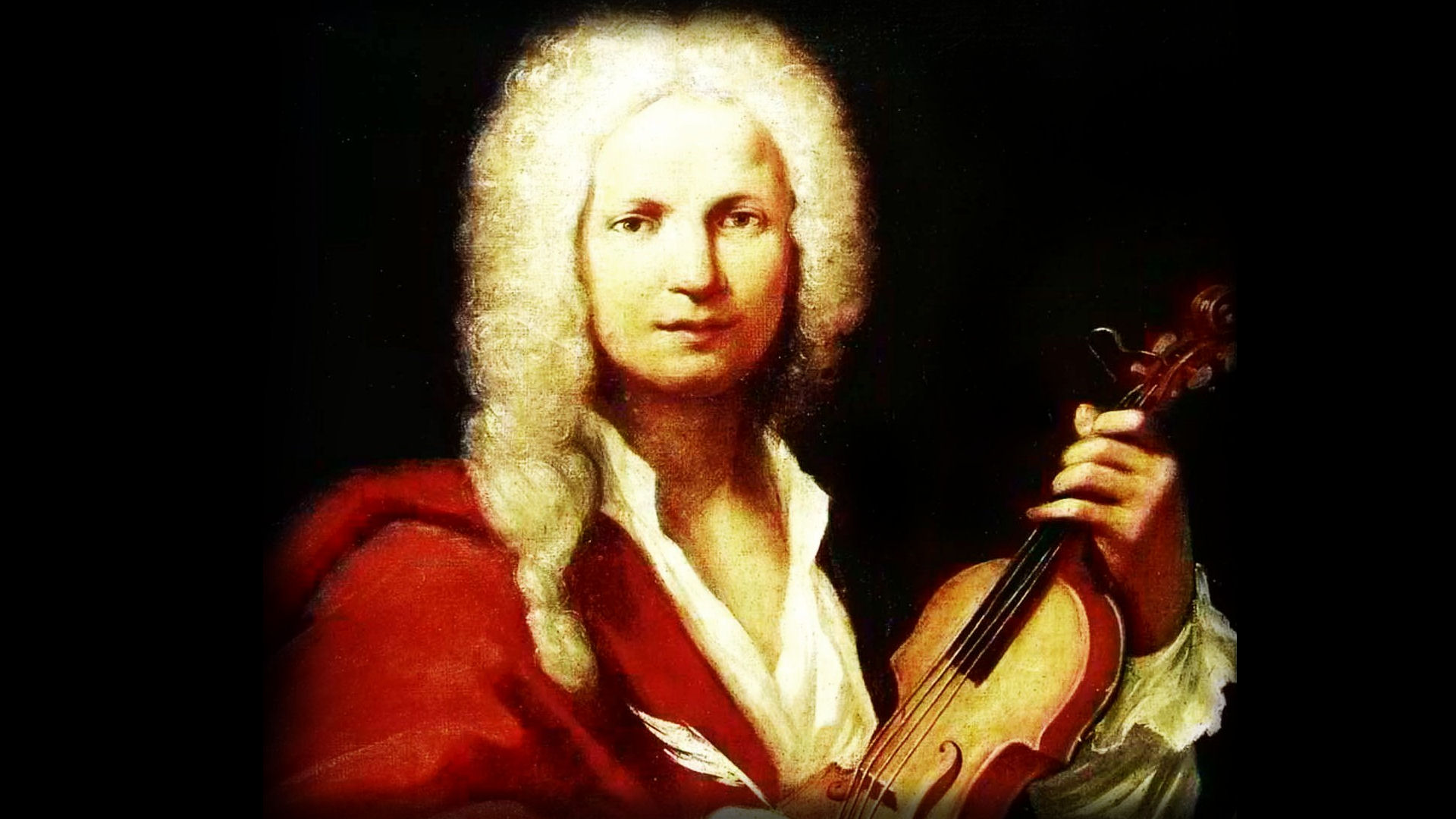The Four Seasons (in Italian: Le Quattro Stagioni) by Antonio Vivaldi, Italian composer and violinist, is a group of four concertos for violin solo concertante and chamber orchestra.
The four concerts of The Four Seasons have been composed with a careful study of the tones: “Spring” has the brightness of the E major; the G minor describes the sweetness and the melancholy of “Summer”; the F major (“Autumn”) creates a rustic and crepuscular atmosphere, while the desolation of the F minor effectively describes “Winter”.
Other characteristics of Vivaldi’s composition are the use of particular executive techniques, such as the use of high notes (to recall the birds in “Spring”) or the reduction of the accompaniment to a single long-lasting note, which recalls a great breath, a sense of expectation that anticipates a meteorological phenomenon. Furthermore, the plucked strings of violins, in “Winter”, remind us of the rain falling outside our homes.
Each concerto is preceded by an accompanying sonnet in Italian that describes the characteristics of each season.
The Opera was an instant success throughout Europe, bringing worldwide fame to the Italian composer.
Antonio Vivaldi was also a priest, and was often called “Il Prete Rosso” (The Red Priest) for the color of his hair.
One of the most widespread fabrication of history about the artist is his alleged bad habit of interrupting the celebration of the Mass to run to the sacristy and write the musical themes that came to his mind. Actually Vivaldi suffered from a disease similar to asthma which forced him to take breaks during the celebration of the Mass.


